What you’ll learn
- In the course MIG and MAG welding part 1 you can learn about inert gas welding using practical examples
Requirements
- No requirements needed
Description
In the course MIG and MAG welding part 1 you can learn about inert gas welding using practical examples.The optimal welding result depends one hundred percent on the gas flow, wire feed and the correct voltage. But what does the perfect weld seam or the perfect weld point mean and how do you get there? Furthermore, the hobbyist can acquire one or the other trick for his own workshop. The craft of MIG and MAG welding is comprehensibly explained on the basis of detailed error analyzes and a detailed explanation of which result arises from which initial situation.
Who this course is for:
- Beginners, students, trainees.
- But also advanced hobbyists can use this course to fresh thier skills up.
